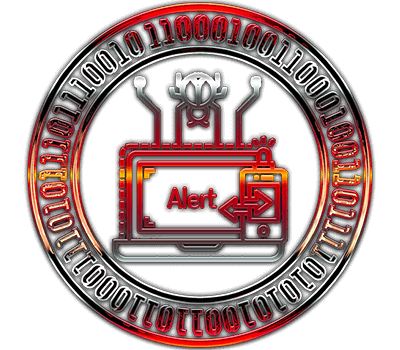A red team operation consists of a realistic scenario of a global offensive attack, often used for large-scale targets, red teams use every documented and innovative method to penetrate the victim’s cyberspace, these standards It is in accordance with MITRE ATT&CK and simulates all the fourteen documented plans regarding the global cyberattack. This simulation seriously tests the status of all your defense mechanisms and their performance quality. Therefore, the services of the red team are one, It is one of the most important and sensitive offensive security services.
















